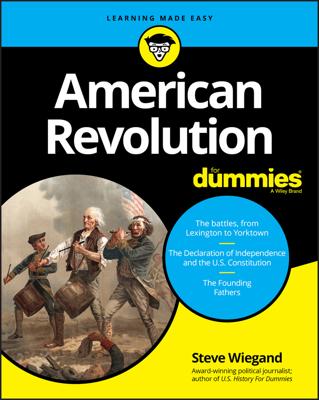One of the fastest-growing portions of America’s population during the 1980s didn’t have a clue what President Ronald Reagan was talking about when he laid out his vision of the country and probably wouldn’t have liked it had they understood.
They were immigrants from countries like Mexico, Cuba, Haiti, and Vietnam who came to the United States by the tens of thousands during the 1980s. Many of them were counting on some form of government assistance to get started in their new lives in a new land.
But the people who had voted for Reagan knew exactly what he was talking about. Many of them were part of the Sunbelt, the fast-growing states of the Southeast, Southwest, and West. As the region’s population grew, so did its representation in Congress — and its political clout. (The area became so powerful that every president elected between 1964 and 2008 was from a Southern or Western state.)
In the West, in particular, Reagan’s call for less government was in perfect harmony with the Sagebrush Rebellion. The rebellion, which was mostly rhetorical, was a reaction to land use and environmental regulations made in faraway Washington that were considered a threat to development of urban areas and resource-based industries, such as timber and mining. Reagan was the beneficiary of the growth in the Sunbelt’s clout.
Reagan also benefited from a revival in Christian evangelicalism that married itself to conservative politics in the late 1970s and 1980s.
Conservative evangelicals — those who said they had been “born again” through a direct personal experience with Jesus Christ and who were often referred to in a political sense as the Christian right — were alarmed at what they saw as the country’s moral laxity in the 1960s and early 1970s. America’s real problems, they argued, could be traced to feminism, abortion, rising divorce rates, and homosexuality.
Groups like the Moral Majority, led by a Virginia-based TV evangelist named Jerry Falwell, became powerful political forces in terms of raising money and mobilizing mass support — or opposition — for legislation and political candidates. Another “religious right” leader, Marion G. “Pat” Robertson, founded the Christian Coalition and twice ran for president himself.
Finally, Reagan was supported by followers of a more secular cause — tax-cutting. The high inflation of the 1970s caused many people’s income and property values to rise — and also pushed them into higher tax brackets that ate up much of the increases. That naturally fueled taxpayers’ anger.
In California, a cranky political gadfly named Howard Jarvis successfully pushed through an initiative that dramatically cut property tax rates and required state and local governments to drastically shift their way of financing government operations. The success of Proposition 13 led to similar efforts in other states. It also helped Reagan push through his own brand of tax-cutting.

